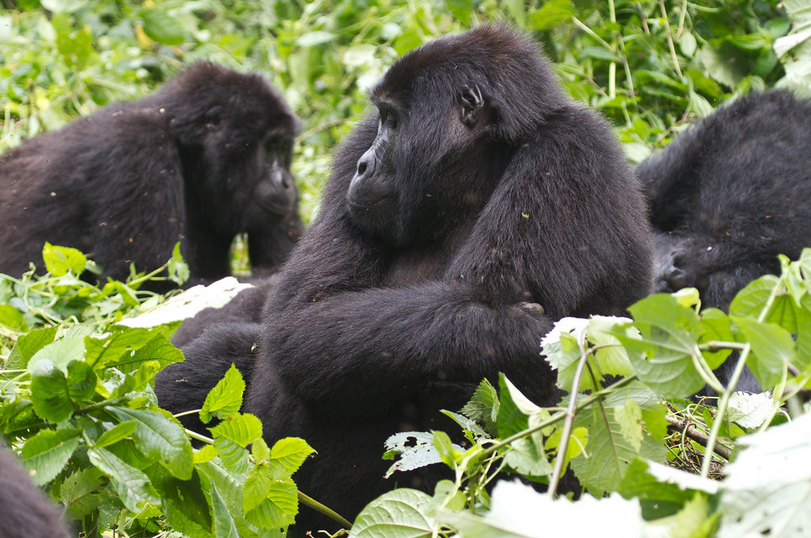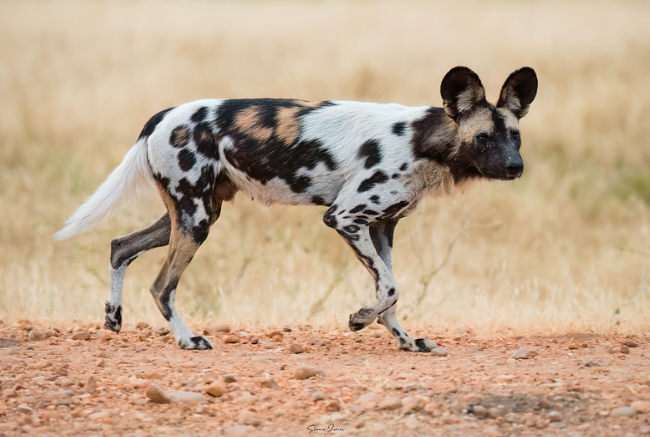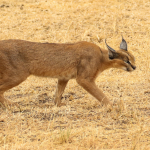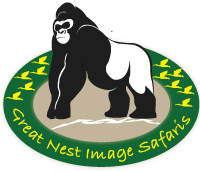River Tarangire Tanzania
River Tarangire Tanzania : also known as “river of warthogs” is a perennial river and origin of Tarangire National Park. The parks was established in 1970 and is endowed with diverse biodiversity covering an area of 2,850km. The river is located in the Eastern branch of the East African Rift Valley, within Northern Tanzania in East Africa. Its headwaters are found in the escarpments and highlands of Dodoma region in Kondoa district and Manyara region in Babati district.
The river generally rises in the Wasi highlands and falls down the eastern Kondoa escarpment. I then flows east to Chubi where it then turns north to flow through Tarangire National Park. It then turns west and then south before terminating at its river mouth on Lake Burunge. Most of the headwaters in the Irangi hills headwaters area is forested with Miombo woodland. These are basically habitant trees and lower plants that are designated for protection within the forest reserves. These include; Salanka, Isabe as well as Bereko forest reserves.
Tarangire National Park
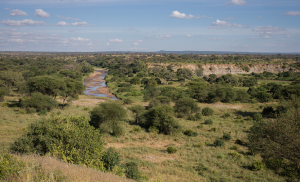
The Park is known as a wonderful birding destination and also features large numbers of wild animals. Particularly, during the dry season when river Tarangire is the only source of fresh water in the Tarangire Ecosystem. Migratory animals like wildebeest, zebras, and antelopes make their way to drink from the Tarangire River and its attached swamp lands. This park is generally the 6th largest in Tanzania and offers some unrivalled elephant sightings. It is estimated that the park is home to the largest elephant population in the country which is approximately 2‚500 and are rapidly increasing. In fact, Tarangire national park is the home to the oldest known elephant to give birth to twins.
Other common resident animals include; waterbuck, giraffe, dik-dik, impala, eland. Grant’s gazelle, vervet monkey, banded mongoose, olive baboon, among others. It is also home to predators such as lion, leopard, cheetah, caracal, honey badger and African wild dog. Another key point, the park holds a big number of bird species both migratory and residents. These include; woodpeckers, yellow necked spurfowl, northern white crown shrike, black necked weaver. White-faced whistling duck, red-billed hornbill, pygmy falcon, African marsh harrier. Black-headed heron, African hoopoe, kori bustard, lilac-breasted roller, brown parrots, bee-eaters. Lover birds, guinea fowl, white bellied go-way-bird, saddle-billed stork, slate-colored boubou, etc.
Activities in Tarangire National Park
Birding
Enjoy spotting a large batch of colorful and exclusive bird species. Over 500 different bird species are housed within the swamps and woodlands that are spread all over Tarangire. For bird lovers, who find themselves taken up for a long period of time, this makes Tarangire a famous safari destination for you. Birds here include; hoopes, yellow necked spurfowl, crested francolins, hornbills, helmeted guinea fowl. Steppe eagles, brown parrots, gigantic lappet-face vulture, white-bellied go away bird. Bateleur eagles, mouse birds, kori bustards, yellow-collared lovebirds, bee-eaters. Lilac breasted rollers, swifts, hamerkops, striped swallows, plovers, starlings, etc.
Game drives
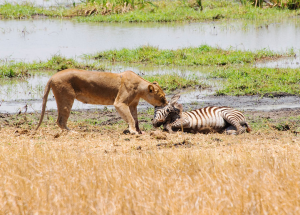
This is one of the most common activities while Tarangire national park. Here, tourists can explorer the adorable park by taking game drives in the wild. While here, encounter Tanzania’s largest herds of elephants alongside animals. These include; fringe eared oryx, giraffes, tiny ashy starling, greater kudu, gazelles. Hartebeests, wildebeests, lions, African wild dogs, zebras, leopards, tree climbing pythons, etc. During the dry season between June and November, you can see elephants digging up the muddy river trying to access water.
Giant baobab tree
It is also referred to as “the tree of life” since its gigantic in nature. It can as well store within its trunk 300 liters and 1‚000 liters of water. They have long life span and can survive up to six hundred years. This tree is also a significant source of food to various animals which normally feed on its edible seed. On the other hand, elephants sharpen their huge tusks on the back of these trees. According to the local tales it is said that these trees would easily move around the African continent. As a result of their aimless movement, it annoyed God and he decided to plant them upside down to limit them from moving ever again.
Cultural visits
The Park is situated near the Masai steep for tourists who are interested in cultural encounters. While here, you can visit the local Masai people who are nomadic pastoralists. In fact, they people have very unique ways of living with cultural aspects that you will enjoy. They also have very unique ways of dressing whereby you can acquire handy crafts and take home for reembrace.
Sight seeing
This is one of the most memorable experiences you can encounter while in the park. This basically provides some of the most spectacular views of nature and also the Tarangire River. Even when its dry, the woodlands, baobab and acacias landscape will give you a feeling of being entangled in nature. The elephants are always muddy digging water from the Tarangire River in the dry season and the sight is worth visiting.
Guided nature walks
Here, tourists can take guided nature walks and experience the wilderness. While here, you will come across a number of tree and plant species. However, these guided nature walks are done in the morning and evening hours with an experienced tour guide.
When to visit the park
The best time is from July to October before animals start migrating out of the park. Being one of the most seasonal parks in northern Tanzania, the park has a lot of migratory movement within greater Tarangire ecosystem.
How to get there
From Arusha, Tarangire is located at the distance of about 120 kilometers which is in the southern east of Manyara National Park.


